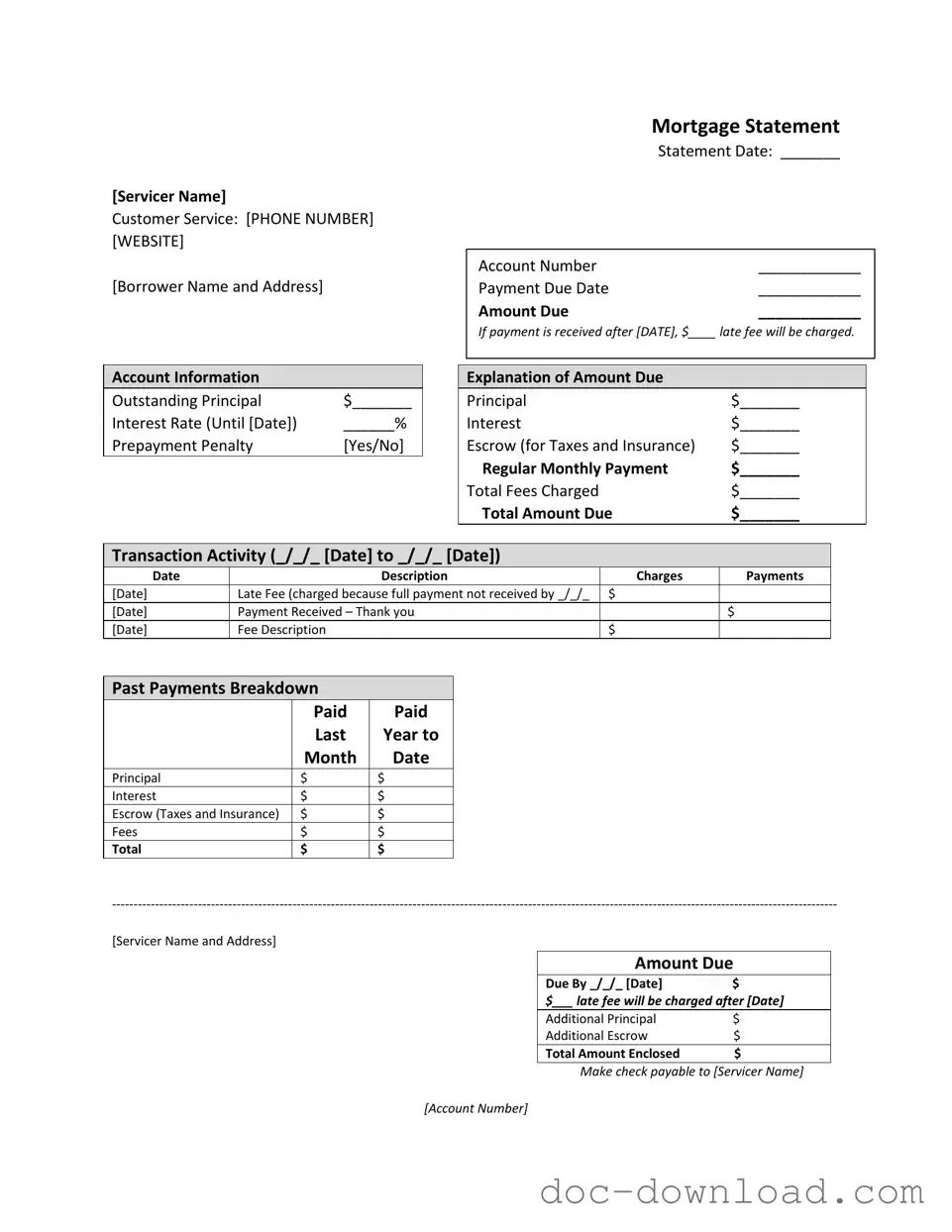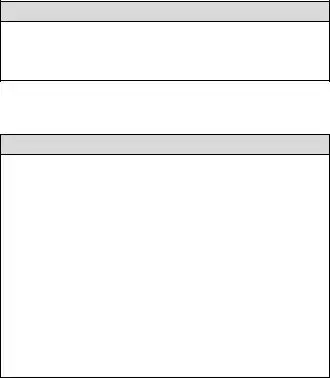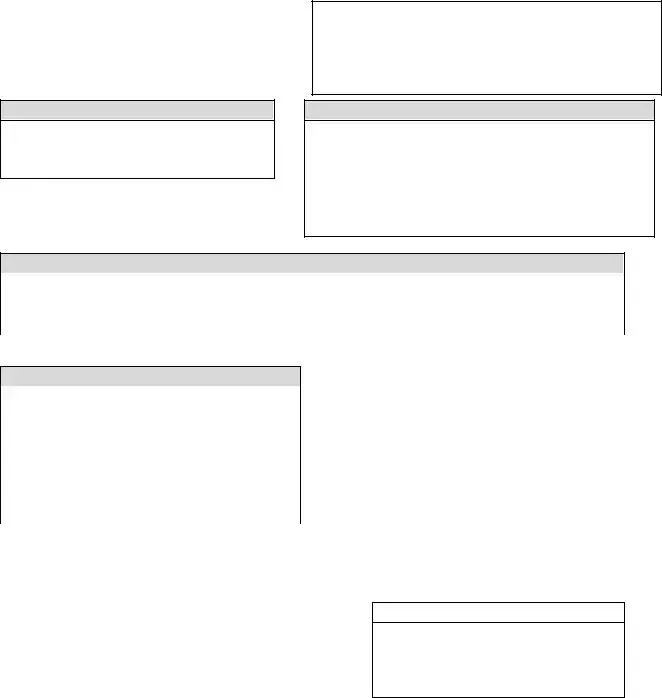The first document similar to a Mortgage Statement is the Loan Statement. This document provides a summary of the loan balance, interest rate, and payment history. Like the Mortgage Statement, it details the amount due and any applicable fees. However, a Loan Statement typically focuses on personal loans rather than mortgages, making it essential for borrowers to understand their obligations and payment schedules. Both documents serve as important tools for tracking financial responsibilities and ensuring timely payments.
Another comparable document is the Billing Statement. This statement is commonly used for credit cards and utility bills. It outlines the total amount owed, minimum payment required, and due date. Similar to the Mortgage Statement, it may include late fees if payments are not made on time. The Billing Statement emphasizes the importance of maintaining good standing with creditors, much like the Mortgage Statement does for mortgage lenders.
The Payment Reminder serves a similar purpose as the Mortgage Statement by prompting borrowers to make timely payments. This document is often sent out shortly before a payment is due and includes the amount owed and the due date. While it may not provide as much detail regarding account history or fees, it serves as a crucial reminder for individuals to stay on top of their financial commitments.
A Statement of Account is another document that bears similarities to a Mortgage Statement. It provides a comprehensive overview of all transactions related to an account, including credits and debits. While a Mortgage Statement focuses specifically on mortgage-related transactions, a Statement of Account can apply to various types of accounts, such as bank accounts or business accounts. Both documents help individuals track their financial activities and maintain accurate records.
The Escrow Statement is particularly relevant for homeowners who have an escrow account as part of their mortgage. This document details the funds collected for property taxes and insurance, similar to the escrow information found in a Mortgage Statement. It provides insight into how much is being held in escrow and any adjustments made throughout the year. Understanding the Escrow Statement is crucial for homeowners to ensure they have adequate funds to cover these essential expenses.
The Amortization Schedule is another document closely related to the Mortgage Statement. This schedule outlines each payment over the life of the loan, breaking down how much goes toward principal and interest. While the Mortgage Statement offers a snapshot of the current balance and payment due, the Amortization Schedule provides a detailed view of the loan's progression. Both documents help borrowers understand their mortgage obligations and long-term financial planning.
The Credit Report is also similar in that it reflects the borrower’s overall financial health, including mortgage payment history. While not a direct comparison, both the Mortgage Statement and Credit Report play vital roles in assessing a borrower’s creditworthiness. A Mortgage Statement shows current standing with the mortgage lender, while a Credit Report provides a broader view of all credit accounts, including any missed payments that could affect future lending opportunities.
The Annual Mortgage Statement is a yearly summary that includes information about the total interest paid and the outstanding principal balance for the year. It is similar to the Mortgage Statement but focuses on annual performance rather than monthly details. This document is particularly useful for tax purposes, as homeowners can use the interest paid to potentially reduce their taxable income.
In the realm of property ownership, it is crucial to understand the various legal documents that facilitate transfers, such as the Quitclaim Deed. This form is integral for those looking to transfer real estate without clear title guarantees. For specific templates and guidance regarding a North Carolina Quitclaim Deed, you can visit quitclaimdeedtemplate.com/north-carolina-quitclaim-deed-template/ to ensure a smooth transfer process.
The Loan Modification Agreement is another relevant document. While it is not a statement, it outlines the terms and conditions of any changes made to the original mortgage agreement. This document is essential for borrowers who have negotiated new terms due to financial hardship. Like the Mortgage Statement, it details the new payment amounts and any fees associated with the modification process.
Lastly, the Foreclosure Notice is a document that can arise from the circumstances outlined in a Mortgage Statement. If payments are not made, borrowers may receive this notice, indicating that the lender intends to take legal action. While the Mortgage Statement serves as a reminder to stay current on payments, the Foreclosure Notice highlights the consequences of falling behind. Understanding both documents is crucial for homeowners to avoid the severe repercussions of foreclosure.


